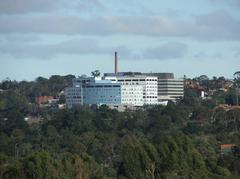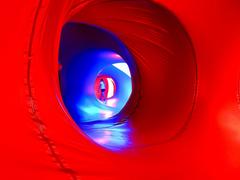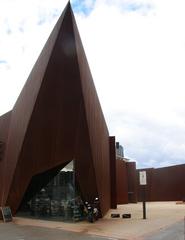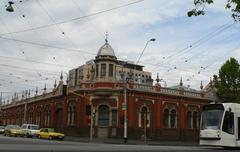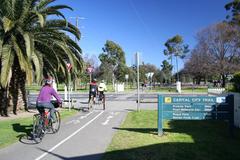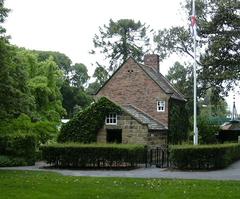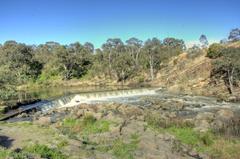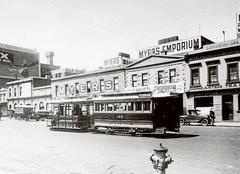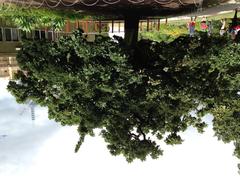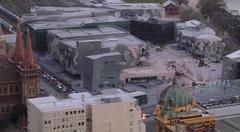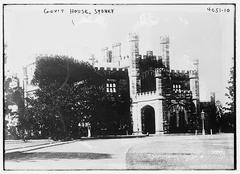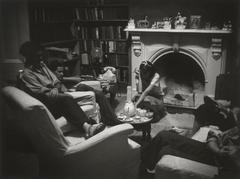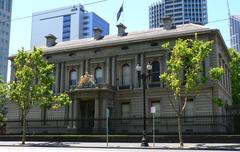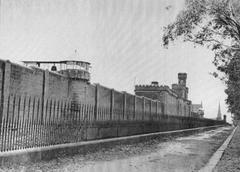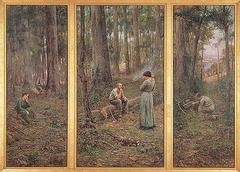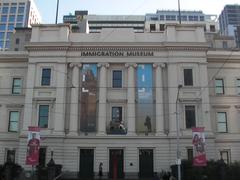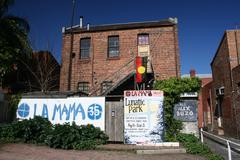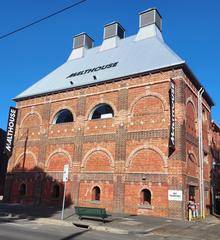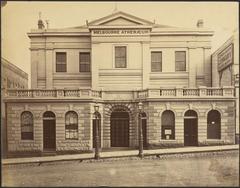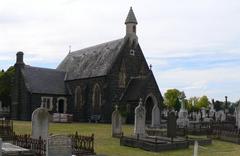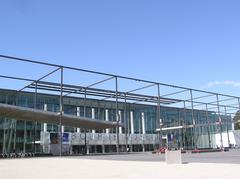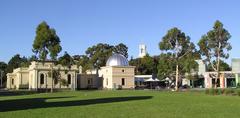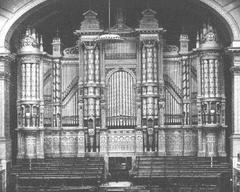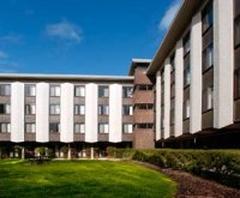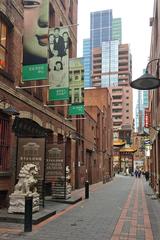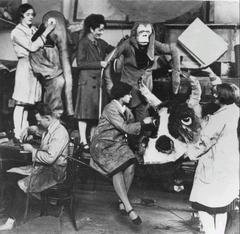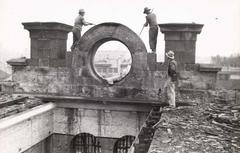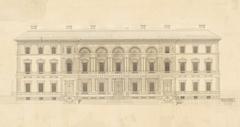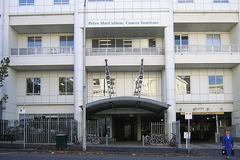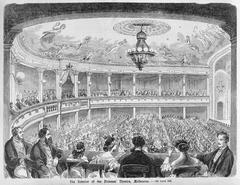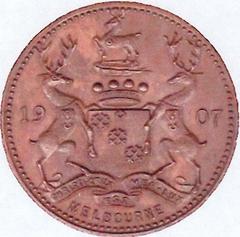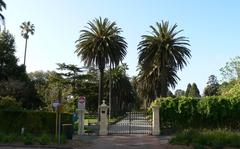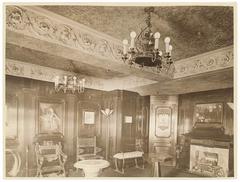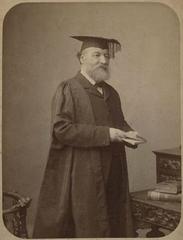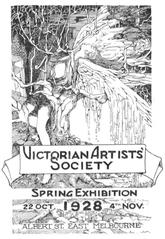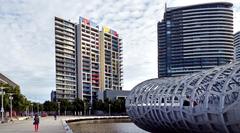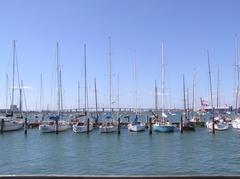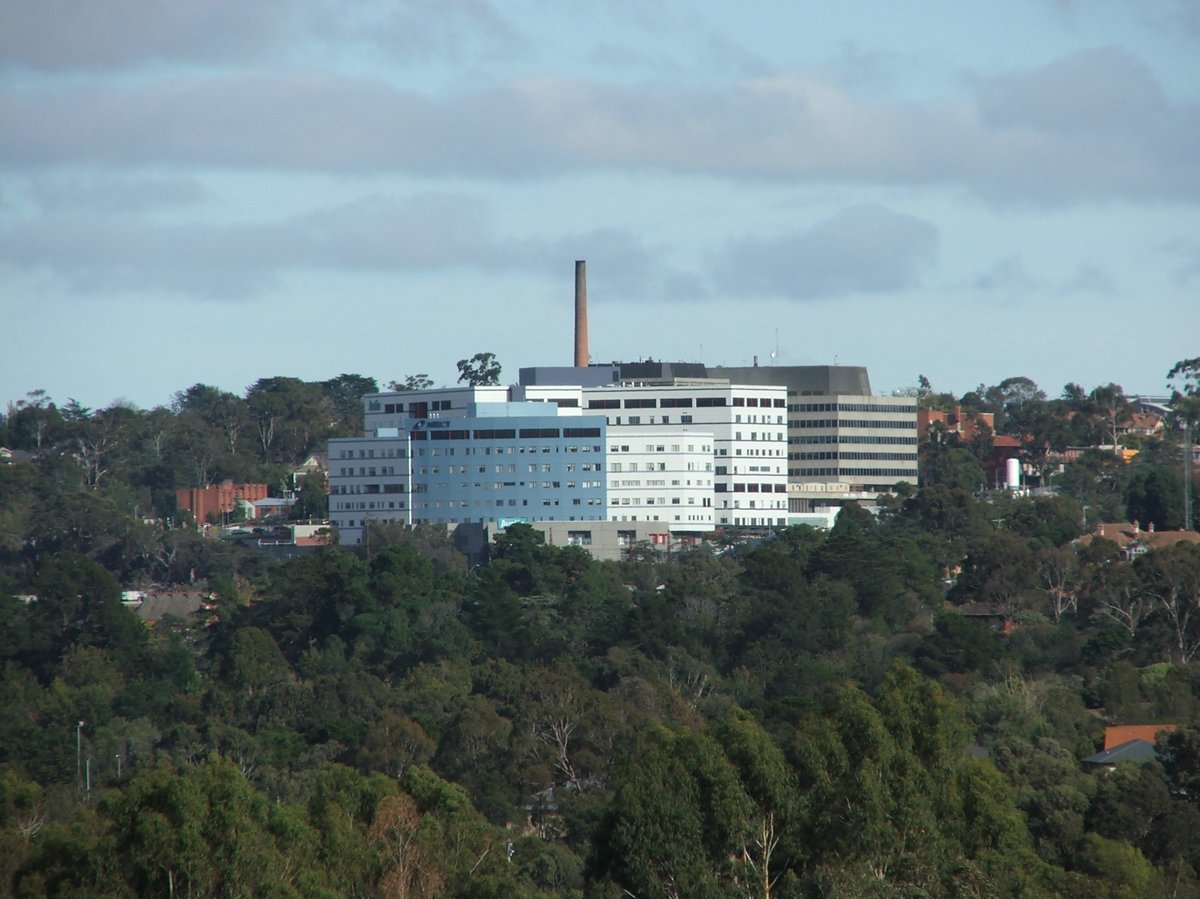
Austin Hospital Melbourne Visiting Hours, Tickets, and Visitor Guide
Date: 15/06/2025
Introduction
Austin Hospital, situated in Heidelberg, Melbourne, stands as a testament to over 140 years of medical excellence and community service. Established in 1882 by philanthropist Elizabeth Austin, the hospital began as a refuge for patients with chronic and incurable illnesses—a progressive vision for its era. Today, it is not only a leading healthcare provider but also a place of historical and cultural significance, featuring remarkable examples of late 19th and early 20th-century hospital architecture. The campus beautifully integrates heritage buildings, commemorative gardens, and state-of-the-art medical facilities, making it a unique destination for visitors interested in medical history, architecture, and community legacy.
Whether you’re a history enthusiast, an architecture lover, or visiting a patient, Austin Hospital offers a meaningful experience. This comprehensive guide provides up-to-date information on visiting hours, ticketing, accessibility, travel tips, historical context, nearby attractions, and more. For official updates, refer to the Austin Health official website. Additional historical insights are available at Victorian Genealogy and Public Record Office Victoria.
Table of Contents
- Introduction
- Historical Overview
- Architectural and Social Significance
- Memorials and Commemorative Features
- Visiting Austin Hospital
- Art, Gardens, and Spaces of Reflection
- Cultural Acknowledgement and Indigenous Recognition
- Educational and Interpretive Features
- Practical Visitor Information
- Nearby Attractions
- Frequently Asked Questions (FAQ)
- Community Engagement and Events
- Philanthropy and Ongoing Legacy
- Visual Media and Interactive Elements
- Practical Visitor Tips
- Conclusion
Historical Overview
Founding and Early Years
Founded in 1882 as the “Austin Hospital for Incurables,” the hospital was created through the generosity of Elizabeth Austin, who sought to provide compassionate care for those with long-term illnesses. The original Gate Lodge, funded by Austin herself, is a symbol of this philanthropic mission. Over the decades, the hospital expanded with buildings such as the Davies Building, Bowen Centre, and Marian Drummond Nurses’ Home, forming a rare collection of Federation and Georgian Revival architecture in metropolitan Melbourne.
Wartime and Post-War Transformation
During World War II, Austin Hospital became a pivotal military medical center, hosting the 115th Australian General Hospital and the 6th RAAF Hospital. After the war, it served the veteran community as the Repatriation General Hospital Heidelberg until its integration into the Victorian health system in 1995.
Modern Expansion and Medical Achievements
Today, Austin Hospital is renowned for its advanced medical services, including thoracic surgery, spinal injury treatment, liver transplantation, and toxicology. The addition of the Olivia Newton-John Cancer Wellness & Research Centre and Australia’s first hospital-based 3D Medical Printing Laboratory exemplify its ongoing commitment to innovation.
Architectural and Social Significance
Austin Hospital preserves some of Melbourne’s most distinguished hospital buildings from the 19th and early 20th centuries. Structures such as the Davies Centre, Bowen Centre, Gate Lodge, Marian Drummond Nurses’ Home, and Edward Wilson Nurses’ Home showcase unique architectural styles and reflect the founders’ holistic approach to healthcare. The mature gardens and landscaped pathways continue to provide a therapeutic environment for patients and visitors alike.
Memorials and Commemorative Features
Founding Legacy of Elizabeth Austin
Elizabeth Austin’s foundational gift established the hospital as a beacon of care for incurable diseases. Her legacy is honored through literature, local history tours, and ongoing philanthropic initiatives (Friends of East Victoria).
Heidelberg Repatriation Hospital Integration
The 1995 merger with the Heidelberg Repatriation Hospital brought a strong military heritage to Austin Hospital. Commemorative plaques, memorial gardens, and dedicated artworks on campus pay tribute to veterans and the hospital’s important role in wartime and post-war care (Austin Health Locations).
Olivia Newton-John Cancer Wellness & Research Centre
Opened in 2012, this landmark facility integrates modern cancer care with wellness, art, and therapeutic gardens. The centre is surrounded by heritage buildings such as Zeltner Hall and hosts exhibitions and events that celebrate survivorship (Austin Health Locations).
Art, Gardens, and Spaces of Reflection
Austin Hospital features numerous public art installations, commemorative plaques, and tranquil gardens. These spaces honor the hospital’s founders, staff, and patients, providing both historical context and a place for reflection. Landscaped gardens echo the therapeutic ideals of early sanatoria (Austin Health Locations).
Cultural Acknowledgement and Indigenous Recognition
Austin Health acknowledges the Wurundjeri people of the Kulin Nation as the Traditional Owners of the land. This commitment is visible through signage, public events, and partnerships with local Indigenous groups, reinforcing the hospital’s dedication to cultural respect and reconciliation (Austin Health Acknowledgement).
Visiting Austin Hospital
Visiting Hours and Access
- Heritage areas and memorial gardens: Open daily from 8:00 AM to 6:00 PM.
- General public access: Free of charge; no tickets required.
- Clinical areas: Restricted to patients and staff.
Guided Tours and Special Events
- Guided heritage tours are available by appointment and during special heritage festivals. Check the Austin Health website and local heritage group listings for upcoming events.
Accessibility
- The campus is fully accessible, with ramps and pathways for wheelchair users.
- Facilities and signage support navigation for all visitors (Hospital Stays Visitor Guide).
Location and Transport
- Address: 145–163 Studley Road, Heidelberg.
- Public transport: Heidelberg train station (Hurstbridge Line) and multiple bus routes are nearby.
- Parking: Accessible parking is available on-site.
- Cycling: Secure bike racks are provided.
Visitor Amenities and Facilities
- On-site cafes and public amenities are available.
- Accommodation options and patient transport assistance (e.g., the Victorian Patient Transport Assistance Scheme (VPTAS)) support regional visitors.
Educational and Interpretive Features
- Interpretive signage throughout the campus provides historical context, biographies, and architectural information.
- The hospital participates in local heritage walks and medical history tours (History of Medicine Traveller).
Photography Guidelines
- Photography is permitted outdoors in heritage areas and gardens.
- Please respect patient privacy and do not take photos inside clinical areas.
COVID-19 Protocols
- Adhere to current health guidelines, including mask-wearing and social distancing as required.
- Check the Austin Health website for the latest visitor protocols.
Nearby Attractions
- Heide Museum of Modern Art
- Yarra River parklands
- Heidelberg arts precinct
- Banyule Flats Reserve
Combine your visit to Austin Hospital with these local attractions for a full day of history, art, and nature.
Frequently Asked Questions (FAQ)
Q: What are Austin Hospital’s visiting hours?
A: Heritage and memorial areas are open daily from 8:00 AM to 6:00 PM.
Q: Are there any fees or tickets required to visit?
A: No, visiting outdoor heritage buildings and gardens is free.
Q: Are guided tours available?
A: Yes, guided tours can be arranged by appointment or during special events.
Q: Is the hospital accessible for visitors with disabilities?
A: Yes, ramps and accessible pathways are provided.
Q: Can I take photographs?
A: Yes, in outdoor areas. Please do not photograph patients or clinical spaces.
Q: How do I get there by public transport?
A: Take the Hurstbridge Line to Heidelberg Station; buses and taxis are also available.
Community Engagement and Events
Austin Hospital hosts commemorative ceremonies, health awareness days, and heritage open days. These include ANZAC Day events, Remembrance Day ceremonies, and guided walks, providing deeper engagement with the institution’s history (Austin Health Locations).
Philanthropy and Ongoing Legacy
The tradition of philanthropy continues at Austin Hospital, supporting medical research, patient care, and heritage preservation. Donor recognition is visible throughout the campus (Friends of East Victoria).
Visual Media and Interactive Elements
- Explore high-quality images and virtual tours on the Austin Health website.
- [Image: The historic Gate Lodge at Austin Hospital, Heidelberg] (alt text: “Historic Gate Lodge at Austin Hospital Heidelberg”)
- [Image: Mature trees and pathways on Austin Hospital grounds] (alt text: “Mature trees and pathways in Austin Hospital heritage gardens”)
Practical Visitor Tips
- Best times to visit: Weekdays during business hours for optimal access.
- Transport: Use public transport for convenience.
- Planning: Check online for special events, tour availability, and current health protocols.
Conclusion
Austin Hospital is a living monument to philanthropy, innovation, and community care. Its historic buildings and memorial gardens offer a tangible link to the past, while contemporary facilities like the Olivia Newton-John Cancer Wellness & Research Centre highlight its forward-thinking approach. Accessibility, cultural respect for the Traditional Owners, and excellent visitor amenities ensure a welcoming experience for all.
For more details, visit the Austin Health official website, and explore additional resources at Victorian Genealogy and Public Record Office Victoria.
Plan your visit to this vibrant Melbourne landmark and engage with a site that continues to inspire and serve Victoria’s community.
References
- Austin Health official website
- Victorian Genealogy
- Public Record Office Victoria
- History of Medicine Traveller
- Friends of East Victoria
- Hospital Stays Visitor Guide
- Austin Health - Our History
- Victorian Patient Transport Assistance Scheme (VPTAS)
- Premier of Victoria - Austin Hospital Expansion
